
15311826613
Click to add WeChatAbstract: The oolitic hematite mineral has a fine particle size, usually coexists with the harmful element phosphorus, and suffers from severe mud formation during the grinding process. It has become one of the recognized refractory ores. However, because of its large reserves, research on its beneficiation has never stopped. This article combines the current research progress in oolitic hematite beneficiation to introduce what oolitic hematite is and commonly used beneficiation processes.
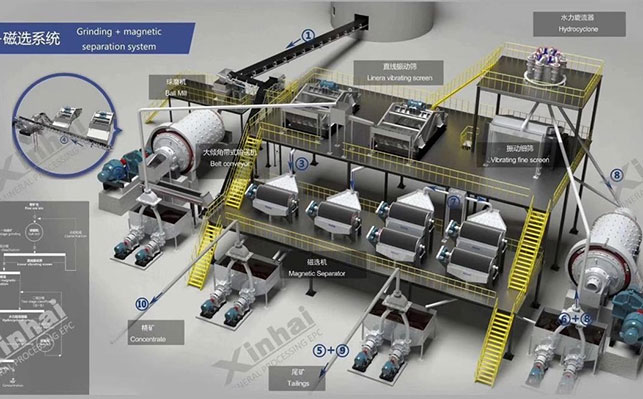
Oolitic hematite is hematite that exists in the form of oolitic aggregates. It is an aggregate of hematite minerals formed by the condensation of hematite layer by layer. Usually ooids are relatively small, cemented together, and the grain size is very fine. They are usually symbiotic or wrapped with phosphorus-containing minerals, oolitic chlorite, and siderite.
Due to the structural characteristics of oolitic hematite, it is very difficult to dissociate the monomer of the ore, and the ore can easily form fine particles after crushing and grinding, coupled with its mud content The large characteristics are not conducive to the mineral processing process and the mineral processing is difficult. So what are the beneficiation processes for oolitic hematite?
Currently, the available oolitic hematite beneficiation process are: strong Magnetic-gravity separation process, single flotation process, reduction roasting-magnetic separation process, reduction roasting-magnetic separation-reverse flotation or acid leaching process, etc., in addition to direct reduction method, high gradient magnetic separation, selective agglomeration -Reverse flotation, reverse flotation method, etc.
In this process, strong magnetic separation first separates oolitic hematite to obtain better coarse hematite in advance. ore, but because the remaining gangue ore is embedded in very fine particles, complete separation cannot be achieved, so a single magnetic separation cannot obtain a better or higher concentrate grade. Gravity separation can often obtain better grades, but gravity separation has requirements for the particle size of the ore, which cannot be too fine, so the recovery rate is relatively low. Therefore, a combined strong magnetic and gravity separation process is often used to grind the ore at an appropriate grinding fineness. And better selection indicators can be obtained under the selection process.
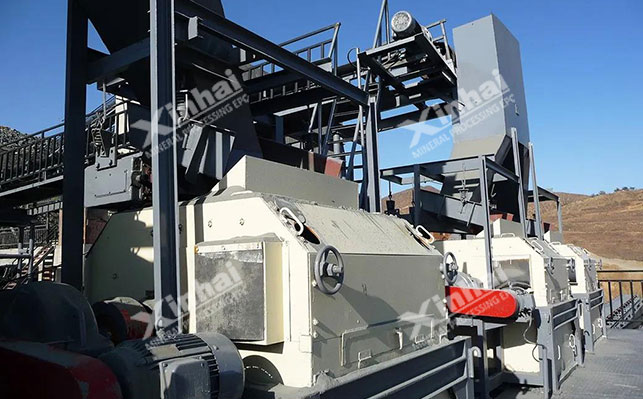
Example: A certain oolitic hematite adopts: stage grinding-strong magnetic separation and tailing-gravity separation. The process of extracting concentrate is to first gravity-select the ore under the conditions of coarser grinding particle size to obtain some qualified concentrate, then grind the coarser-grained gravity-selected ore, and then combine it with the gravity-selected ore slime after re-grinding. Select and throw tailings, then carry out gravity selection, and repeat multiple stages to achieve both fine grinding of the ore and less muddying of the ore. After four stages of grinding, four gravity separations, and three strong magnetic tailings, under the condition that the final grinding fineness was -0.074mm accounting for 95%, an iron concentrate with an iron grade of 61.01% and a recovery rate of 47.85% was obtained. .
Flotation has the advantages of simple process and low cost. However, due to the characteristics of oolitic hematite ore, a large amount of sludge is produced during grinding. The generation of sludge seriously affects the effectiveness of the agent, and ultimately affects the selection index. Therefore, there are many studies on flotation, ranging from mechanism research to process research. The use of single flotation to separate oolitic hematite requires the mineral composition of the ore to be relatively simple, that is, the types of impurities are relatively single; at the same time, in the case of fine grinding, the selection and dosage of chemical agents are crucial.
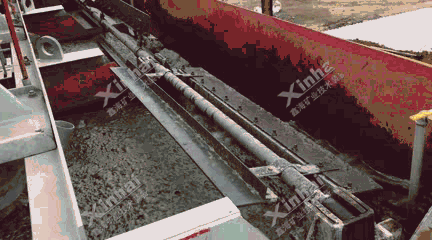
This process is generally suitable for inlays with fine particle size and low content of useful elements. Hematite containing the harmful element phosphorus is not too high. If the phosphorus content is too high, it is often necessary to add a dephosphorization agent, but the effect is effective for hematite in some areas. Therefore, the phosphorus content in the concentrate obtained from the reduction roasting-magnetic separation process still exceeds the standard, and further research is needed to reduce phosphorus.
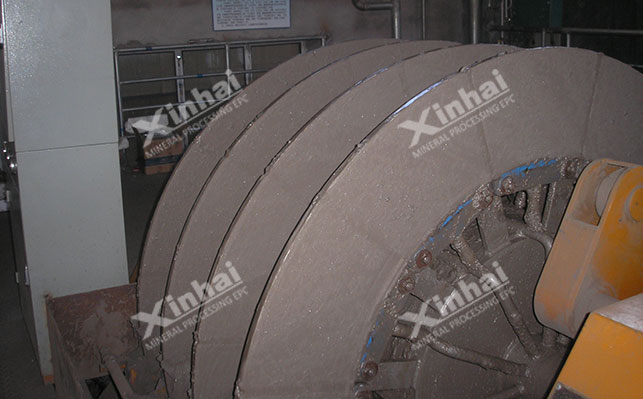
Reduction roasting - Magnetic separation can improve the grade of iron very well, but flotation or acid leaching is often required to reduce phosphorus later. The flotation process is relatively mature and causes less environmental pollution, so flotation treatment is usually given priority. When the flotation effect is poor, methods such as acid leaching will be considered.
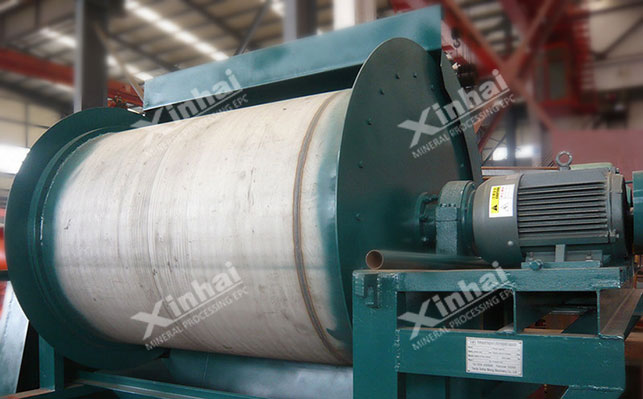
The above is an introduction to the characteristics of oolitic hematite and the oolitic hematite beneficiation process. , in the actual mineral processing plant, which process to choose should be based on the properties of oolitic hematite ore, so it is necessary to conduct mineral processing tests first, and design a reasonable mineral processing process plan and mineral processing plant construction plan through experimental analysis and reasonable Hematite beneficiation equipment.